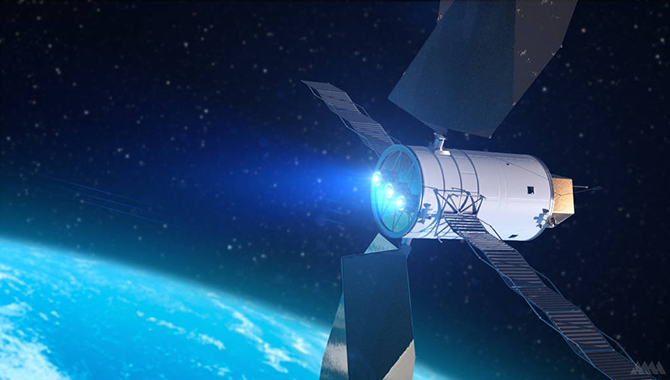
Based on decades of development, high-power solar electric propulsion (SEP) is preparing to fuel deep space exploration.

Based on decades of development, high-power solar electric propulsion (SEP) is preparing to fuel deep space exploration.
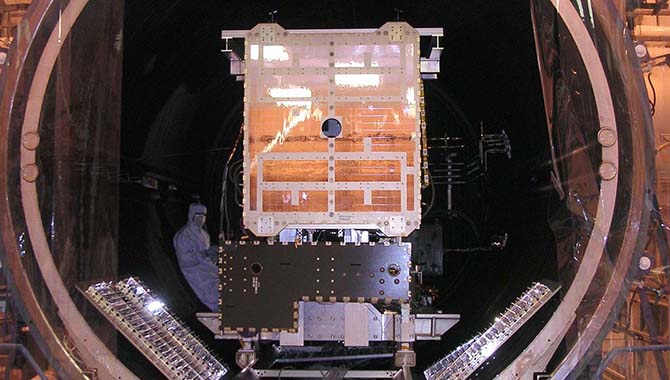
From exploring new worlds to investing in novel technology, NASA’s Planetary Science Division (PSD) continues to build on its 2015 successes.
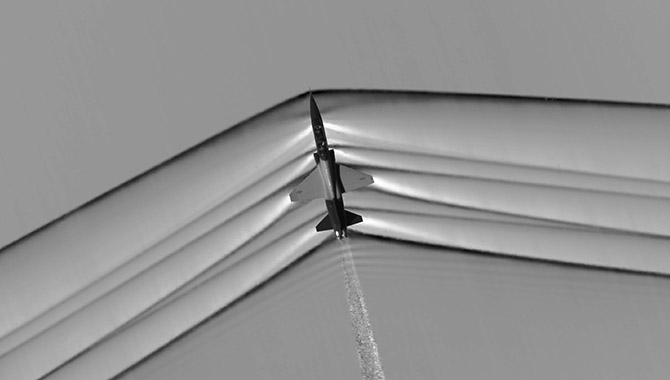
Forty-five years after Congress defunded the American commercial supersonic transport (SST) program, NASA and Lockheed Martin plan to design a quieter supersonic X-plane.
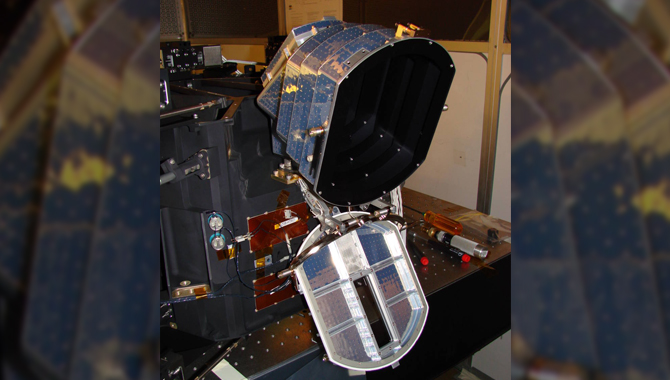
NASA continues to improve cost and schedule performance among large-scale projects, according to a recent Government Accountability Office (GAO) assessment.
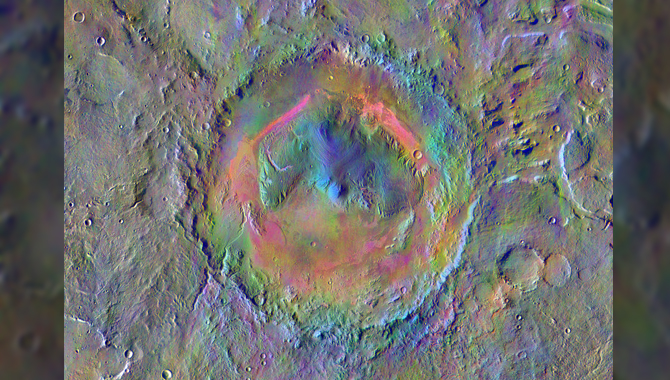
Fifteen years ago this month, the 2001 Mars Odyssey launched from Cape Canaveral to become the longest-operating spacecraft around the red planet.
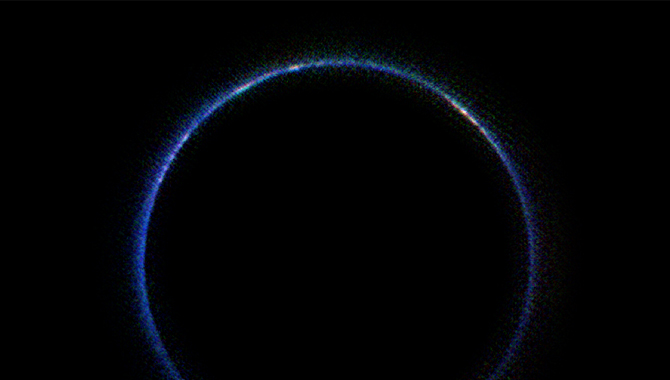
The annual public lecture held during Space Science Week examined a discovery that transformed understanding of our solar system and prioritized a mission to Pluto.

A new book by photographer Roland Miller memorializes elements of America’s early space program while capturing the spirit of exploration that continues to drive NASA today.
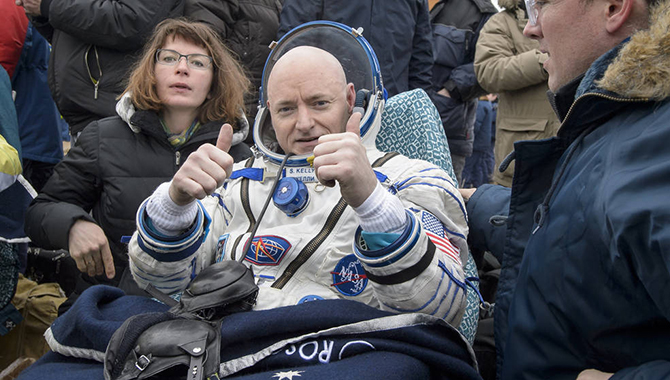
As NASA forges ahead on the journey to Mars, it is supported by the National Academies in investigating human health risks associated with manned deep space exploration.
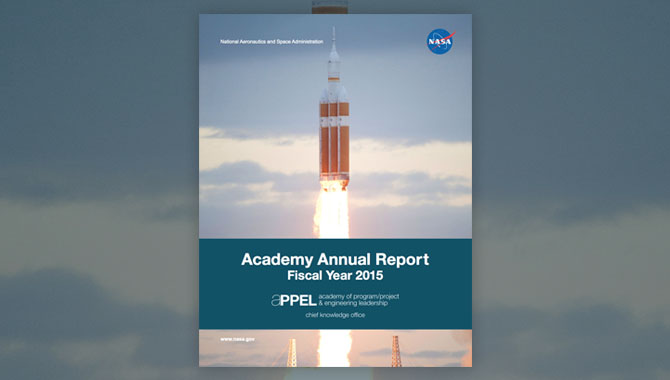
How does APPEL support achievement at NASA? Find out in the Academy’s Fiscal Year (FY) 2015 Annual Report.